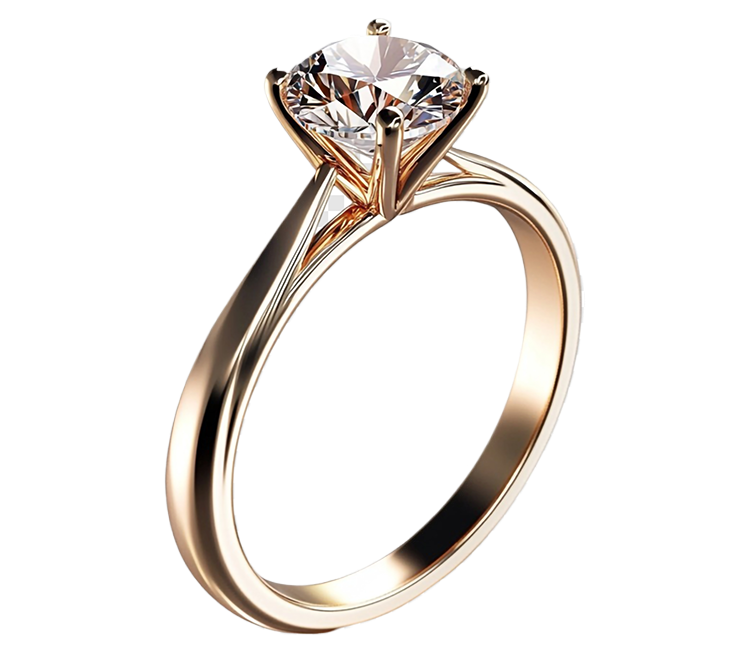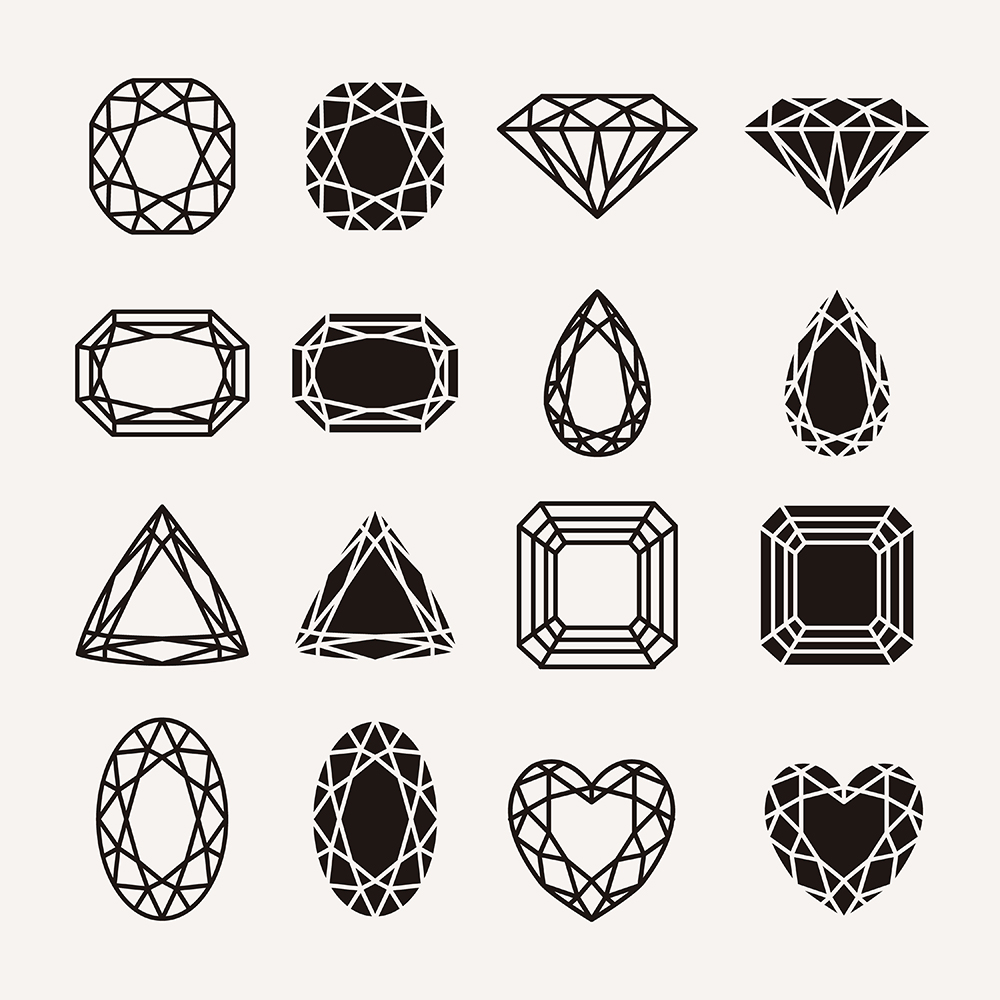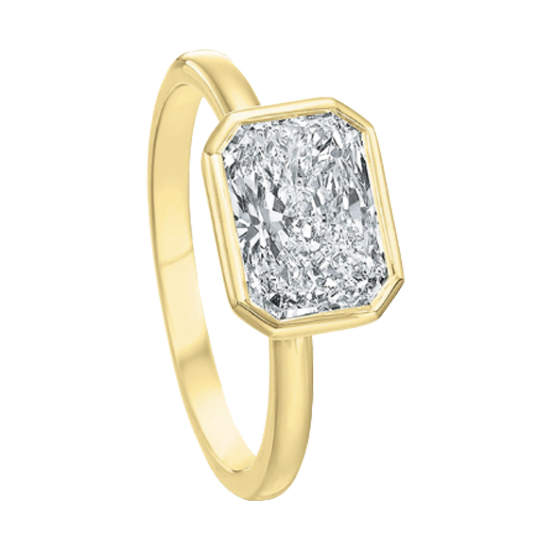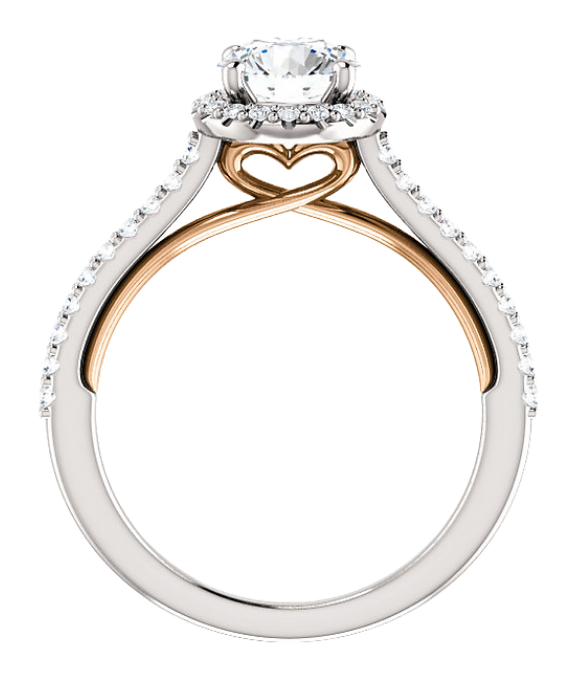Understanding Diamond Shapes & Cuts
Your pursuit of a flawless diamond will instantly lead you to discover crucial diamond attributes known as shape and cut. Different characteristics define shape and cut, even though people tend to use these terms interchangeably, because they directly affect the way a diamond looks and its corresponding market value. Learning these fundamental principles about diamonds before purchasing such an important piece will enable you to select something that touches both your heart and your mindset.

Diamond Shape vs. Diamond Cut: What’s the Difference?
The outline which people see in diamond stones corresponds to their diamond shape when they look from above—a shape that includes round, oval, square and many others. People first detect this visual profile when they look at a diamond, and it generally establishes a link with their style and visual preferences— especially when choosing an engagement ring in Toronto, where personal taste and elegance are paramount.
The diamond cut, along with the shape, size, and quality of each facet, affects how light moves and sparkles inside the stone. A perfectly cut diamond reflects light with extraordinary brilliance and fire, illuminating its entire surface regardless of shape.
The quality of diamond construction and finishing techniques corresponds to diamond cut exactly like how a house’s construction quality represents its architectural style. The result depends strongly on both factors, although their methods of influence remain distinct.

Popular Diamond Shapes Explained
Round Brilliant
Diamonds of this classic shape have been celebrated for endless generations because of their unmatched brilliance. The exact 58-facet engineering creates a cone shape for optimal light reflection, which produces the signature sparkle effect inside the stone. This shape works best for women who desire eternal beauty and scientific excellence combined with exquisite sparkle.
Princess Cut
A princess-cut diamond presents an assertive visual appearance through its square shape with distinct edges. High-glittering brilliance emerges from the square or rectangular diamond’s large number of facets, which equals round diamond sparkle yet presents a definite contemporary geometric look. People drawn toward clean line designs and architectural precision in their jewellery find perfect harmony with these particular shapes.
Oval Cut
The beautiful oval diamond elongates gracefully along the finger, combining the brilliance of a round cut with a unique, elegant silhouette. Its shape ratio can be customized to personal preference, from slender and dramatic to wide and softly rounded. This design not only enhances the diamond’s visual size but also cleverly hides inclusions within its intricate facet pattern.
Cushion Cut
A cushion cut diamond resembles vintage romance through its combination of squared or rectangular forms, which have tender rounded corners that give it a pillow-like visual effect. The diamond’s brightness improves through its enlarged facets while producing a cozy, romantic effect instead of intense sparkling effects. The cushion-cut diamond suits people who value time-tested romance.
Emerald Cut
The emerald cut diamond showcases its elegant beauty through its step-cut faceting as well as its rectangular appearance, which creates dramatic effects instead of traditional diamond sparkle. The rectangular design of its parallel facets allows the eye to follow a virtual mirror path throughout the stone. This refined shape presents a diamond’s transparency in an unlaced manner because it attracts people who prize both subtle luxury and innovative touches.
Marquise Cut
The marquise cut stands out through its elongated “boat-shaped” form because it presents maximum visual weight thanks to its extended dimensions. Royalty used to wear this shape because its pointed ends and brilliant facet pattern create an elegant touch on the finger. Wearers appreciate how this diamond form enhances finger slenderness while displaying maximum crown space relative to its weight, which lets people express dramatic personal style.
Pear Cut
Combining a round diamond’s brilliance with a marquise’s elongating effect, the pear-shaped diamond creates a delicate teardrop silhouette that flatters the hand. Its tapered point can direct toward or away from the hand, creating different visual effects. This shape symbolizes emotional tears of joy, making it deeply meaningful for sentimental romantics who appreciate both symbolism and distinctive beauty.
Asscher Cut
The Asscher cut produces its enchanting “hall of mirrors” effect through its octagonal shape inside a deep pavilion. An art deco structure emerges in this square emerald cut because of its specified corner dimensions. This stone displays powerful flashes instead of sparkles thanks to its structure with horizontal and vertical steps guiding viewers into its interior. Any romantic person with a love for vintage styling and architectural precision will find the Asscher cut ideal.
Radiant Cut
Brilliantly combining the elegant outline of an emerald cut with the sparkle of a brilliant cut, the radiant shape offers the best of both worlds. Its trimmed corners add durability while its unique faceting pattern creates impressive light performance. This versatile shape works beautifully in both classic and contemporary settings, ideal for those who refuse to compromise between geometric elegance and dazzling brilliance.
How Diamond Cut Impacts Sparkle and Value
A diamond’s enchanting beauty exists through both natural and skilled human manipulation of its original form. The visual performance of a diamond depends mainly on cut quality, which includes proportions, symmetries, and polish ratings. Optimally cut diamonds achieve remarkable results by transmitting light back to the viewer’s eyes as bright white brilliance combined with rainbow-like fire and sparkling scintillation effects.
Diamond cut grades extend from Excellent to Poor to measure how lucidly diamond facets transmit light. A diamond’s cut quality can transform a reduced diamond into a superior showpiece when compared to larger stones that lack proper cut quality; hence, diamond experts commonly advise selecting cut quality before picking diamond size.
Cut quality requires detailed mathematical knowledge because specific angles and proportions decide how light enters and exits the diamond. Even slight deviations can lead to light “leaking” out rather than returning as brilliance. Well-cut diamonds attract high prices because they achieve superior performance in diamond appreciation.
A poorly cut huge diamond will appear uninteresting, whereas a petite diamond with excellent cut performance will shimmer with brilliance. Your decisions should first focus on cut quality because it leads to the most attractive diamond outcome.
Brilliant Cuts vs Step Cuts: What’s the Difference?
Diamond cuts generally fall into two main families, each creating a distinctly different visual effect:
A brilliant-cut diamond employs triangular as well as kite-shaped facets which extend radially from its center. Many tiny features throughout the diamond act to scatter light into various directions, where it produces the signature sparkling effect during movement. Seven diamond shapes exist within the brilliant family, including round, oval, princess, cushion, pear, marquise, and radiant cuts.
Step cuts appear like a stair-like pattern of rectangular facets that line up parallel to create a diamond structure. Step-cut diamonds produce strong visual effects rather than scattering light throughout space, thus they enhance both clarity and colour definition. Emerald and Asscher cuts belong to the step-cut family by displaying reflective sophistication in addition to precise architectural patterns.
Your decision between bright, humorous cuts or sleek step cuts should align with your unique personal style. The distinct difference between these cut styles resembles selecting between a sequined dazzling gown or a fashion-forward silk dress—both elegant but expressing beauty in unique ways.
Choosing the Right Diamond Shape for You
Finding your perfect diamond shape is deeply personal, connecting with both your aesthetic preferences and practical considerations:
Personal style should lead your decision—are you drawn to classic elegance (round, cushion), modern sophistication (princess, Asscher), or distinctive uniqueness (marquise, pear)? The pieces you already admire for jewellery provide clues to identifying your style preferences.
Hand characteristics matter more than many realize. The length of one’s fingers determines what styles of gems will look best, whereas hand width determines which gem shapes produce the most harmonious appearance. People with wide hands achieve proportionate results when they choose round or cushion shapes, as these broad shapes harmonize well together.
The diamond shape and setting style need to match each other so that halo settings round off angular forms and bezel settings provide a sleek look for modern profiles. Ornate settings make the cushion and Asscher vintage-inspired shapes look gorgeous, while round brilliant solitaires maintain their beauty in clean settings.
Even with a lab-grown diamond or a mined diamond, the shape plays a crucial role in maximizing both visual impact and value. Budget considerations can be addressed through strategic shape selection. Fancy shapes like oval, pear, and cushion often appear larger per carat than round brilliants and typically cost 10-15% less, allowing you to maximize both appearance and value.

Frequently Asked Questions
A diamond’s outline structure represents its shape, whereas the overall quality of faceting and polishing work forms the basis of its cut rating.
Diamonds with Excellent or Ideal cut grades produce optimal light performance across every shape. The price of these exact-cut diamonds is higher, yet they produce strikingly impressive brilliance together with fire effects.
Significantly. Excellent-cut diamonds command premium prices because they require precise craftsmanship and sacrifice more rough diamond material to achieve optimal proportions.
Three elongated shapes, such as oval, marquise and pear, show the greatest appearance per carat on their faces, thereby extending their visual size over equal weight.
The sparkly effect in diamonds is reduced by step-cut shapes such as emerald and Asscher, while they generate powerful light flashes instead. These diamond shapes present elegant sophistication rather than dazzling effects.
Asscher and marquise cuts stand as rare choices, thus providing distinctiveness for people hunting for uncommon diamond shapes.

Get in Touch
Loved one of the styles above but want it customized. Email us below with the style, your desired metal and gemstone colour and we will make it happen!
